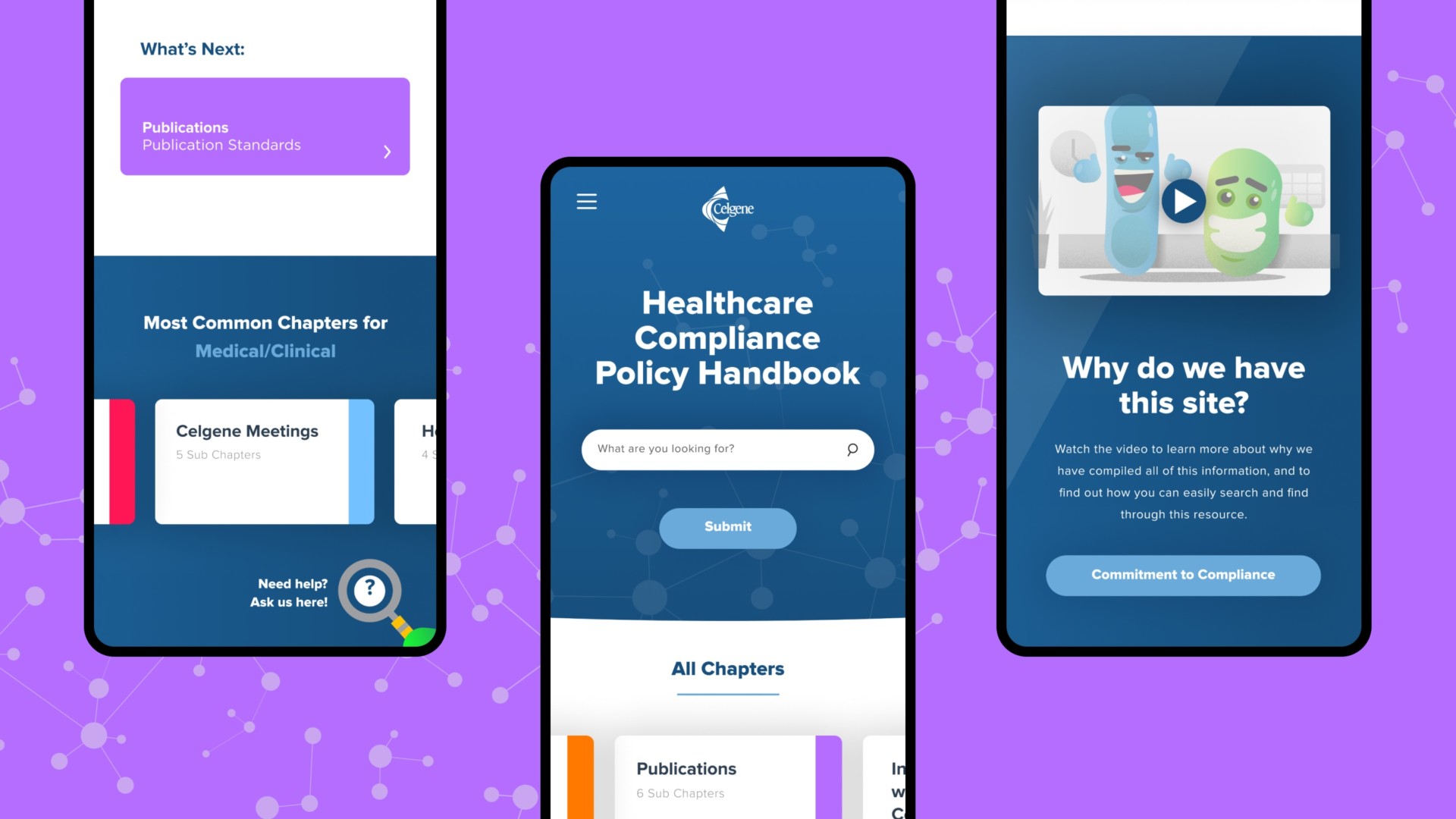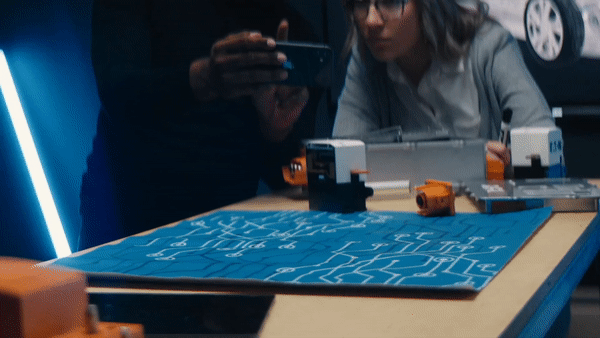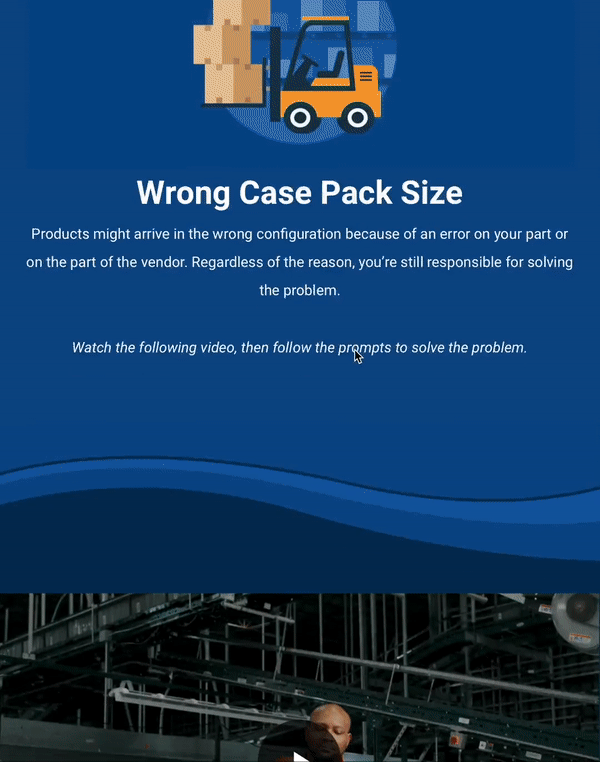The learning landscape is quickly evolving—are you keeping up with the latest trends in employee training and development?
L&D trends provide direct insight into the current world of work, technology, and business. It’s about much more than flashy products or the latest buzzwords—it’s keeping a pulse on what it will take for your organization to stay competitive in the years ahead.
We’re in constant conversation with L&D professionals: whether it’s working with clients, hosting webinars, or catching up one-on-one (drop us a line—we’d love to talk!), we hear what’s top of mind for L&D leaders and we’re excited to share what we’ve learned.
What’s new in L&D? Check out this roundup of trends in employee training and development (plus some practical examples from our team) for fresh inspiration and new ideas for delivering effective learning experiences.
Five trends in employee training and development you should know
From evolving tech to new strategies for reaching dispersed learners, let’s take a closer look at five current trends in training and development.
1. Learning in the flow of work
How can learning become more of a part of our day-to-day jobs? That’s the driving question behind learning in the flow of work, one of the most-discussed trends in employee training and development right now.
This new trend in training encourages leveraging the flow of work to drive learning. More companies are moving away from event-based learning (think scheduled vILT and time-bound learning experiences) to continuous learning that’s integrated into the daily activities of work life.
We’ve all experienced times when the urgency of work pushes learning to the bottom of our to-do lists. Learning in the flow of work is often a more realistic way to engage learners and helps build a high-performing culture of learning. It also empowers learners to take control of their growth and career paths by seeking out learning opportunities that interest them.
What does learning in the flow of work look like in practice? It takes many forms, but it could be scheduling time on calendars for independent learning, sending internal email newsletters, and launching interdisciplinary mentorship and coaching programs. There should also be a strong internal knowledge base in place so that learners can always access the information they need and explore the learning paths that interest them.
See it in action: Custom knowledge base
We built a custom knowledge base for Celgene that served as a digital compliance policy handbook to quickly answer learners’ questions. Instead of organizing their compliance material in dense PDFs scattered across multiple platforms, we developed a Digital Compliance Policy Handbook to ensure that Celgene’s employees could quickly access the information they needed to answer all their compliance questions at their moment of need. This on-brand, fully responsive digital handbook makes finding answers to compliance questions as easy as using a search bar.
2. Blended learning
Next up in current training trends: blended learning. Blended learning has been around the L&D scene for a while, but as technology advances, blended learning continues to evolve with it. As a refresher, blended learning combines different modes of learning to deliver the most effective learning experiences. In an increasingly remote and hybrid work landscape, blended learning is critical for reaching dispersed learners in meaningful ways.
Blended learning gained popularity in the workplace starting in the 1990s, as a way for organizations to scale learning beyond ILT. For a while, blended learning was nearly synonymous with eLearning, but today, it’s much more nuanced. When executed well, blended learning layers different elements of learning to create the most efficient, effective experience possible.
By combining several tools and approaches, blended learning can be used to guide learners through the natural learning process. Using the Tell, Show, Do, Review framework as our blueprint, the “Tell” and “Show” stages of learning can often be completed asynchronously (think eLearning, recorded lectures, and demos) and the “Do” and “Review” stages can occur synchronously (think hands-on activities, extended-reality experiences, and coaching). Blended learning may not be one of the new trends in training and development, but it is one of the most effective ways to learn—it’s worth investing time and energy into getting it right.
See it in action: How to elevate your virtual classroom
A flipped classroom is a great example of blended learning in action: it strategically sequences independent, asynchronous activities with face-to-face (virtual or in-person) instruction to maximize learning. We created a blended learning experience for Royal Caribbean using this approach—to learn more about that experience and other practical ways to maximize virtual instructor-led training (vILT), watch our on-demand webinar. The webinar offers a deeper look at how to match the right tool to the job and how to balance business constraints with learners’ needs.
The Blended Learning Playbook: Designing Experiences That Create Change
One of the best parts about blended learning is the creative freedom it gives learning leaders. But if you try to incorporate too many learning elements, you run the risk of confusing or overwhelming your learners. In this playbook, learn how to structure effective blended learning experiences from the ground up.
Get the guide→3. eLearning courses that break the mold
You can’t talk about trends in employee training and development without touching on eLearning. High-quality, thoughtfully designed eLearning is no longer a nice-to-have, it’s a must. If your eLearning is outdated or poorly designed, learners won’t take it seriously. Strategic design is a critical aspect of effective learning experiences—if a course was thrown together in Articulate Rise by someone who doesn’t get the platform or understand instructional design, it’s likely to fall short.
You can avoid that cookie-cutter feel in courses by learning how to push the limits of what’s possible in your authoring tool of choice (our favorite authoring tool is Rise). Make the most of a tool like Rise by learning ways to create course elements that stand out, like adding custom illustrations or embellishing images to enhance learner comprehension.
See it in action: Transitions in Rise
If this is one of the future trends in training you want to jump on, here’s one way to level up the design of your eLearning courses: enhance your transitions. In a scrolling learning experience, transitions are visual cues to let learners know they’re moving from one concept to another. That could be headlines or changing the background color, but we like to incorporate graphic elements—it helps avoid that horizontal banding look you often get in Rise.
Want a step-by-step walkthrough of how to use tools like Adobe Illustrator to create better transitions? Check out our on-demand webinar, Secrets to Building Courses that Stand Out (and download a free template to try it out yourself).
4. Extended reality
Year after year, extended reality is one of the top trends in employee training and development, and for good reason. Immersive learning experiences are one of the best ways to build confidence and skills in learners. Augmented, virtual, and mixed reality experiences help simulate authentic scenarios so that you can increase knowledge application and build learner confidence in hands-on, controlled environments.
Especially for highly technical and complex skills, where the stakes for making errors are high, extended reality is a safe and effective learning modality. Extended reality is more accessible than ever, so learners and stakeholders are likely to expect it to be in your L&D toolkit.
See it in action: Mixed-reality app
If extended reality is one of the current learning and development trends that you want to explore further, here’s a practical example to inspire you. We built a mixed-reality app for Eaton that allowed its audiences to interact with and learn about its electronic product line from the trade-show floor or anywhere else. We also helped promote the app’s launch with a high-energy video showcasing how to use it and how mixed reality can foster collaboration no matter where you are.
5. Live-action video
Some of the most successful learning experiences we create are powered by live-action video. It’s not a coincidence: video is a powerful tool for engaging learners, telling a story, and distilling complex concepts. Learners deserve high-quality experiences and, in today’s content-driven world, they expect it.
Live-action video helps capture the hearts and minds of learners and makes for a relatable and memorable learning experience. But it’s key to think beyond the traditional talking head video or how-to explainer. Effective videos are strategic, polished, and tie back to a clear learning objective (hint: use Bloom’s Taxonomy to map out your objectives).
See it in action: Product-distribution onboarding
Video-based scenario training is a great way to show and not tell and allow learners to think through real-world decisions. We partnered with a regional grocery store chain to help create a product-distribution onboarding that simplified the complex process of the overall product flow from distribution facility to store. We created live-action videos to depict three unique scenarios of critical decisions they’ll face and how to make the process run more smoothly.
Nobody likes watching boring videos, so we took a fun and cheeky approach to these scenarios. We used actual company employees as actors (plus some Maestro team members!) to set up three situations, then prompted the learner to choose the best approach to resolve the problem. After the learner makes a decision, a summary video shows the outcome of all three presented options, highlighting which approach is best and why. Want to learn more about video-based learning strategy? Check out our on-demand webinar for a deeper look.
Trends in employee training and development come and go—but learning strategy is forever
Bottom line: pay attention to trends in learning and development, but don’t get caught up in chasing all of them. We stick to our tried-and-true, proven methods—all of our work is guided by our four Learning Principles, our strategic expertise, and proven tools.
When you have a strong foundation in place, it empowers you to track trends as they come and go and evaluate which are worth adopting. Will it help you better serve learners? Is it backed by the science of learning? Those are just some of the questions we ask ourselves to ensure we’re intentionally innovative. New trends are energizing, but not all of them will move the needle—which trends on this list might help your people grow?
Are you taking a principled approach to learning?
Our four Learning Principles provide a clear lens for strategically evaluating new trends in L&D. Watch our on-demand webinar, 4 Key Principles to Inspire Change Through Learning.
Get inspired→





